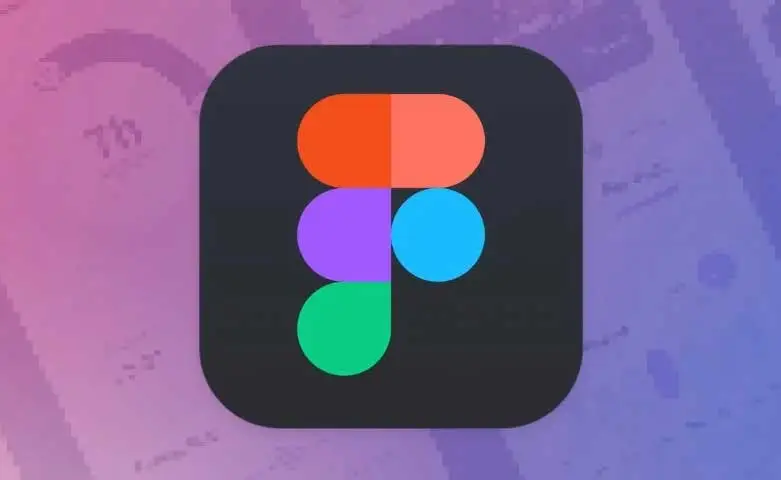Unlocking Creativity in Web Design: A Deep Dive into Figma

In the fast-paced world of web design, efficiency and collaboration are key. Design tools play a crucial role in streamlining the creative process, and among them, Figma has emerged as a game-changer. This cloud-based design tool has gained immense popularity for its collaborative features and versatility, making it a go-to choice for website designers around the globe.
Why Figma?
Figma's appeal lies in its ability to break down barriers to collaboration. Unlike traditional design software that requires constant file sharing and version control challenges, Figma allows multiple designers to work on a project simultaneously in real-time. This not only boosts productivity but also fosters seamless teamwork, regardless of geographical distances.
User-Friendly Interface
One of Figma's standout features is its user-friendly interface. Whether you're a seasoned designer or a beginner, the intuitive design of Figma makes it easy to grasp. The familiar layout of design tools and panels ensures a smooth transition for those accustomed to other design applications, while the clean and well-organized interface caters to the needs of newcomers.
Powerful Prototyping
Figma goes beyond static designs with its robust prototyping capabilities. Designers can create interactive prototypes directly within the tool, allowing stakeholders to experience the flow and functionality of a website before development begins. This not only facilitates effective communication but also enables designers to iterate rapidly and refine user experiences.
Powerful Prototyping
Figma goes beyond static designs with its robust prototyping capabilities. Designers can create interactive prototypes directly within the tool, allowing stakeholders to experience the flow and functionality of a website before development begins. This not only facilitates effective communication but also enables designers to iterate rapidly and refine user experiences.
Collaboration Beyond Boundaries
Gone are the days of emailing design files back and forth. Figma's cloud-based nature means that everyone involved in a project can access the latest version instantly. Whether you're a designer, developer, or project manager, real-time collaboration ensures that everyone is on the same page, reducing misunderstandings and speeding up the design-to-development pipeline.
Component-based Design
Figma's component-based design approach adds a layer of efficiency to the design process. Designers can create reusable components – such as buttons, navigation bars, or cards – that maintain consistency across the entire project. Any changes made to a component automatically reflect across all instances, saving time and ensuring a cohesive design language.
Version History and Design Iterations
Design is an iterative process, and Figma understands that. The version history feature allows designers to revisit earlier versions of a design, compare changes, and even roll back if needed. This not only provides a safety net for experimentation but also encourages a culture of continuous improvement within design teams.
Handoff for Developers
Smooth collaboration between designers and developers is crucial for a successful web design project. Figma simplifies this with its developer handoff feature. Designers can generate code snippets, export assets, and provide detailed design specifications – all within the Figma platform. This ensures a seamless transition from design to development, reducing the chances of misinterpretation.
Responsive Design Made Easy
With the increasing variety of devices accessing websites, responsive design is non-negotiable. Figma simplifies the process with its responsive design features. Designers can create layouts that adapt seamlessly to different screen sizes, ensuring a consistent and optimal user experience across devices.
Conclusion
In the realm of website design, Figma stands out as a beacon of collaboration and efficiency. Its cloud-based, real-time collaboration, coupled with a robust set of features, makes it an indispensable tool for designers aiming to deliver high-quality, visually appealing, and user-friendly websites. As the digital landscape continues to evolve, Figma remains at the forefront, empowering designers to turn their creative visions into reality.